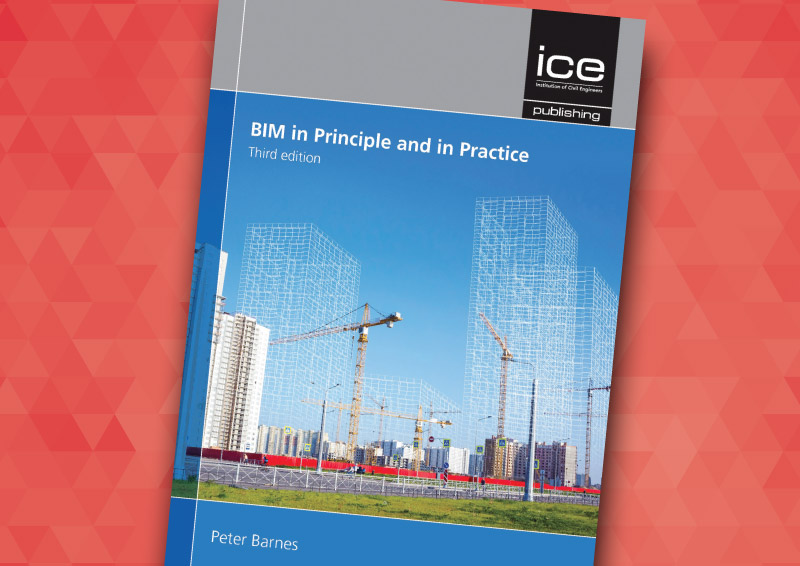Peter Barnes, Director at Blue Sky ADR Ltd and the author of BIM in Principle and in Practice, Third edition, explains the positive impact of BIM on our planet.

- Updated: 04 Feb 2020
- Author: Peter Barnes
In an age of climate change, Building Information Modelling can reduce waste, streamline production and make technology ‘smarter’.
We are all aware of the climate change that is affecting our planet. The balance of scientific research and evidence is that increasing concentrations of greenhouse gases, largely as the result of human activities, have contributed to global warming.
The UK Government has committed to reach net zero carbon emissions by 2050, and similar commitments have been made by many other countries around the world.
So, how can the use of BIM (Building Information Modelling) contribute towards these commitments?
At a most basic level, the use of BIM modelling allows for the optimisation of lean construction techniques and principles. The BIM process allows a participant to precisely plan and coordinate the design and execution of a project. This can increase prefabrication, minimise waste both in the shop and on site, reduce site clashes and collisions, increase productivity and reduce the use of resources at all stages of the project.
In more specific terms, at the design stage of a project, there are many building energy simulation tools available through BIM. These can ensure that the design efficiently optimises the use and reduces the waste of energy, water and other resources.
Also, a life-cycle analysis can easily be carried out in the BIM process which can give an assessment of the environmental impact of products or services, from cradle to grave. That assessment can then be used to amend elements of the design to reduce environmental impacts.
BIM can assist in the above process by concentrating on certain elements of the building (e.g. windows, frame, roof, floor slab, internal walls, external walls), and considering the choice of materials/products that may have a direct or indirect impact on the environment. The materials finally chosen should, of course, be those that will generate energy, waste or water savings.
Running the various scenarios and analyses through the BIM process enables project teams to review the environmental and economic impacts of their decisions, and assists with ensuring that the ‘best’ materials and products have been chosen for the project.
This process will form part of the operation of ‘smart’ technology. Taking a longer view, the use of ‘smart’ technology, a side development from BIM, will have a major impact on the efficient use of energy, and will reduce resource waste.
For example, if ‘smart’ technology was used for the control of heating and hot water services, so that the required temperature to a particular built facility was kept at an optimum level, there would only need to be a saving of a few percentage points to make enormous financial and energy savings across an entire economy. If facilities were linked so that the energy usage across them is optimised, rather than having a ‘smart building’ we might end up with ‘smart communities’, and eventually ‘smart cities’.
Furthermore, sensors in a facility could record and feed-back data relevant to the operation phase of a building, enabling a BIM model to evaluate energy efficiency, monitor a building’s life-cycle costs and optimise its energy and cost-efficiency. It would also allow the owner to evaluate the cost-effectiveness of any proposed upgrades to systems, and to take the findings into consideration in future designs.
The above few examples demonstrate that the use of BIM really can help save our planet.
To find out more about these possibilities and other issues relating to BIM, please refer to Peter’s book, BIM in Principle and in Practice, Third edition, available in print and online.
